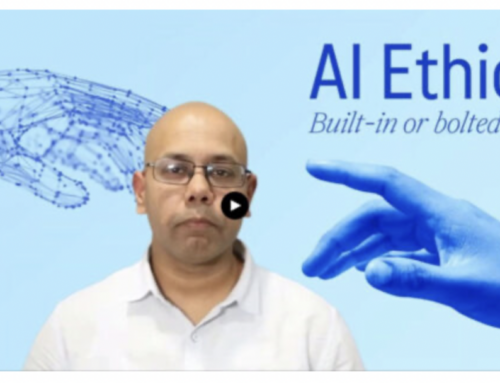By Kayla Santos
Face and hand transplants have been procedures of much debate in recent years. One of the biggest problems is determining who should be prioritized. Patients who are more likely to die without a transplant or those who have been on the waiting list for the longest period of time are given priority with other organ transplant surgeries but, since transplantation of the hands and face are not “life-saving” surgeries, they must be considered differently. At the moment, priority is given to patients in need of two hands rather than just one because their disability is more crippling. Young children are ideal candidates because there is a higher rate of nerve regeneration but it has yet to be established which circumstances justify being placed higher on the wait list. Patients are matched with possible donors based on size, age, skin color and chances of rejection.
Other ongoing issues include the lack of donors, lack of hospitals who perform the transplants and the need for insurer coverage. To date, there are only three US hospitals perform the surgeries. Since the transplants are not done often and are still considered experimental procedures, not many patients are willing to undergo and pay for the surgeries. To be considered a successful surgery, transplant centers judge by the aesthetics, ability to make facial expressions, and ability to move the hands and grasp objects. Slowly the number of surgeries is rising and with that, awareness of the possibilities and benefits they offer.
Read more here.







